On farms with winter barley crops in the ground, plant management and growing conditions during spring will have a bigger bearing on grain yields than dry, sunny conditions in summer.
In contrast, grain yields in wheat crops will be influenced by weather conditions up until the point of harvest, suggested Dr Pete Berry, head of crop physiology with the Agricultural Development and Advisory Service (ADAS).
Speaking at a discussion group meeting on the AHDB monitor cereal farm outside Limavady, Berry shared the outcomes from research projects in Britain involving cereals and protein crops in recent years.
“The way barley and wheat produce seed heads is different, therefore the way grains mature and fill out is different” said Berry.
“With barley, each spikelet or ear contains one floret, so with two-row barley you get one fertile grain growing and three on six-row barley.
“Whereas with wheat, there is potential for up to nine fertile florets on each spikelet, but it is common for three to five grains to develop.
“Therefore, with barley, it is important to drive plant numbers per square metre to increase the amount of grain set.
“To do this, winter barley needs to be in by the second week of October at the latest. This increases ground cover going in to winter.
“Come spring, it is important to get early nitrogen on to encourage the plant to tiller and increase the canopy cover.”
Critical phase
According to Berry, the bigger the canopy covering the ground coming in to late March to early April the better as this increases the amount of sunlight the plants will absorb.
“This is a critical period and will have a direct bearing on grain yield as more tillering will increase the number of shoots.
“The target should be to have a Green Area Index (GAI) of two at this stage, which means around two-thirds of the ground is covered by the plant.
“Growth rates peak between GS 31 and GS 39, which ties in with stem elongation.
“During this phase, GAI will increase by one unit per week provided there is adequate nitrogen applied.
“You need 30kg N/ha for every one unit increase in GAI. As the plant increases to GAI 3, it will capture 15% more sunlight and again, this helps to with ear development in the flowering phase.
“If farmers can keep the canopy healthy for the five- to six-week period after flowering starts, this will help with grain fill and therefore improve yield.”
Fertiliser
Once the barley plant pushes up the flag leaf, the response to soil nitrogen begins tailing off, which is why Berry advised front-loading nitrogen through early to mid-spring.
“There is no yield benefit in applying nitrogen once the flag leaf has emerged. Most of the nitrogen taken up by the plant at this stage will be used for straw and protein content in grain.
“Research trials have shown that on crops getting 200kg N/ha, there is a potential 0.3t/ha yield increase when 50% of total nitrogen was applied before stem elongation. There was a double benefit, with more straw produced also.”
At the outlined nitrogen rate, Berry’s advice was to apply 50% of the fertiliser by early March and the remaining 50% before the end of April.
Lodging risk
The major drawback to pushing the size of the plant canopy in early spring is that it increases the risk of the crop lodging.
Berry said this can be reduced with strategic use of plant growth regulators (PGRs) and selecting plant varieties with a lodging resistance score above 7. “Pushing the crops to GAI 2 does mean lodging is something to be aware of, so making use of PGRs is important.
“However, don’t just use chlormequat as the main form of lodging prevention. It has limitations, so there is a need to use another treatment.
“Multiple sprays may also be required with the greatest inhibition of stem growth realised when applied at GS 37.”
Carsehall Farm near Ballykelly, Co Derry, serves as the AHDB cereal monitor farm for Northern Ireland.
Owned by the Craig family, the 600ac farm operates a large dairy herd of 240 cows with 250 acres of cereals to produce homegrown feed.
Kicking off the latest group meeting, monitor farmer Alister Craig gave an update on the progress of the winter crops on farm.
Dry conditions in February allowed fertiliser to be applied to crops, with around 40 units/acre of nitrogen spread using slurry and digestate. A further 36 units N/acre of a liquid fertiliser was applied on 14 March, as was sulphur and molasses.
Slurry and digestate was also applied, with 3,000 gallons/acre spread using a dribble bar on the home farm and 2,000 gallons/acre applied to crops on outfarms.
The lower dressing rate was deliberate to cut down on the frequency of travelling between the home yard and outlying farms.
Winter grazing
Store lambs were brought on-farm in January to graze off some of the cereal crops, which had excessive growth over winter.
Crops targeted included oilseed rape, with 85 lambs mob grazing for a period of three weeks before moving on to some winter barley for a similar period.
“The sheep reduced the amount of leaf present, particularly on oilseed rape. There is no issue with disease or pest damage this spring, which means we don’t need to spray the crop and therefore is a good cost saving,” said Alister.
Winter wheat
While Alister reported the majority of crops have performed well over winter, one field of winter wheat is suffering from a poor establishment with a very low plant count.
“The field was in potatoes last year, so wheat was late going in the ground and the crop has struggled from the start.
“It has confirmed for us that potatoes will not be grown as a break crop again on this farm. Wheat got 36 units/acre of nitrogen on 14 March and hopefully, this will help it push on. If not, the poor areas in the field and headlands will be sown out in spring beans. The plan would be to whole-crop the field instead.”
Read more
Grass-based farms set to be excluded from EU permit system
Factories drop days to manage kill
On farms with winter barley crops in the ground, plant management and growing conditions during spring will have a bigger bearing on grain yields than dry, sunny conditions in summer.
In contrast, grain yields in wheat crops will be influenced by weather conditions up until the point of harvest, suggested Dr Pete Berry, head of crop physiology with the Agricultural Development and Advisory Service (ADAS).
Speaking at a discussion group meeting on the AHDB monitor cereal farm outside Limavady, Berry shared the outcomes from research projects in Britain involving cereals and protein crops in recent years.
“The way barley and wheat produce seed heads is different, therefore the way grains mature and fill out is different” said Berry.
“With barley, each spikelet or ear contains one floret, so with two-row barley you get one fertile grain growing and three on six-row barley.
“Whereas with wheat, there is potential for up to nine fertile florets on each spikelet, but it is common for three to five grains to develop.
“Therefore, with barley, it is important to drive plant numbers per square metre to increase the amount of grain set.
“To do this, winter barley needs to be in by the second week of October at the latest. This increases ground cover going in to winter.
“Come spring, it is important to get early nitrogen on to encourage the plant to tiller and increase the canopy cover.”
Critical phase
According to Berry, the bigger the canopy covering the ground coming in to late March to early April the better as this increases the amount of sunlight the plants will absorb.
“This is a critical period and will have a direct bearing on grain yield as more tillering will increase the number of shoots.
“The target should be to have a Green Area Index (GAI) of two at this stage, which means around two-thirds of the ground is covered by the plant.
“Growth rates peak between GS 31 and GS 39, which ties in with stem elongation.
“During this phase, GAI will increase by one unit per week provided there is adequate nitrogen applied.
“You need 30kg N/ha for every one unit increase in GAI. As the plant increases to GAI 3, it will capture 15% more sunlight and again, this helps to with ear development in the flowering phase.
“If farmers can keep the canopy healthy for the five- to six-week period after flowering starts, this will help with grain fill and therefore improve yield.”
Fertiliser
Once the barley plant pushes up the flag leaf, the response to soil nitrogen begins tailing off, which is why Berry advised front-loading nitrogen through early to mid-spring.
“There is no yield benefit in applying nitrogen once the flag leaf has emerged. Most of the nitrogen taken up by the plant at this stage will be used for straw and protein content in grain.
“Research trials have shown that on crops getting 200kg N/ha, there is a potential 0.3t/ha yield increase when 50% of total nitrogen was applied before stem elongation. There was a double benefit, with more straw produced also.”
At the outlined nitrogen rate, Berry’s advice was to apply 50% of the fertiliser by early March and the remaining 50% before the end of April.
Lodging risk
The major drawback to pushing the size of the plant canopy in early spring is that it increases the risk of the crop lodging.
Berry said this can be reduced with strategic use of plant growth regulators (PGRs) and selecting plant varieties with a lodging resistance score above 7. “Pushing the crops to GAI 2 does mean lodging is something to be aware of, so making use of PGRs is important.
“However, don’t just use chlormequat as the main form of lodging prevention. It has limitations, so there is a need to use another treatment.
“Multiple sprays may also be required with the greatest inhibition of stem growth realised when applied at GS 37.”
Carsehall Farm near Ballykelly, Co Derry, serves as the AHDB cereal monitor farm for Northern Ireland.
Owned by the Craig family, the 600ac farm operates a large dairy herd of 240 cows with 250 acres of cereals to produce homegrown feed.
Kicking off the latest group meeting, monitor farmer Alister Craig gave an update on the progress of the winter crops on farm.
Dry conditions in February allowed fertiliser to be applied to crops, with around 40 units/acre of nitrogen spread using slurry and digestate. A further 36 units N/acre of a liquid fertiliser was applied on 14 March, as was sulphur and molasses.
Slurry and digestate was also applied, with 3,000 gallons/acre spread using a dribble bar on the home farm and 2,000 gallons/acre applied to crops on outfarms.
The lower dressing rate was deliberate to cut down on the frequency of travelling between the home yard and outlying farms.
Winter grazing
Store lambs were brought on-farm in January to graze off some of the cereal crops, which had excessive growth over winter.
Crops targeted included oilseed rape, with 85 lambs mob grazing for a period of three weeks before moving on to some winter barley for a similar period.
“The sheep reduced the amount of leaf present, particularly on oilseed rape. There is no issue with disease or pest damage this spring, which means we don’t need to spray the crop and therefore is a good cost saving,” said Alister.
Winter wheat
While Alister reported the majority of crops have performed well over winter, one field of winter wheat is suffering from a poor establishment with a very low plant count.
“The field was in potatoes last year, so wheat was late going in the ground and the crop has struggled from the start.
“It has confirmed for us that potatoes will not be grown as a break crop again on this farm. Wheat got 36 units/acre of nitrogen on 14 March and hopefully, this will help it push on. If not, the poor areas in the field and headlands will be sown out in spring beans. The plan would be to whole-crop the field instead.”
Read more
Grass-based farms set to be excluded from EU permit system
Factories drop days to manage kill




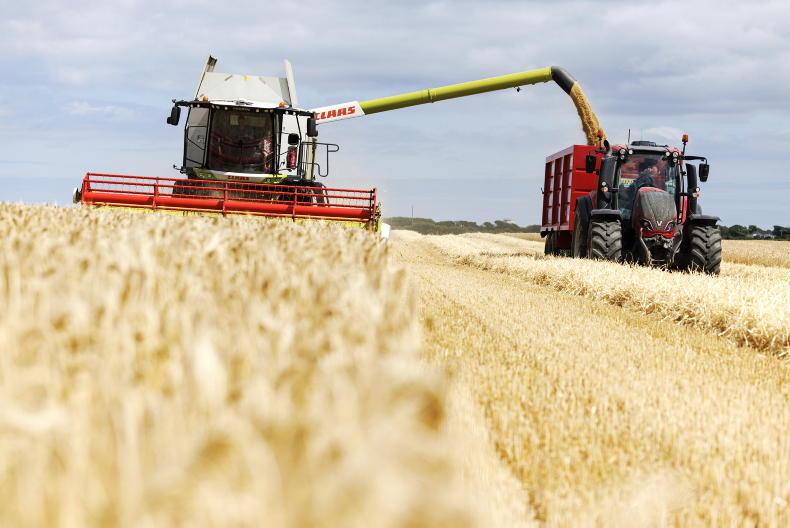
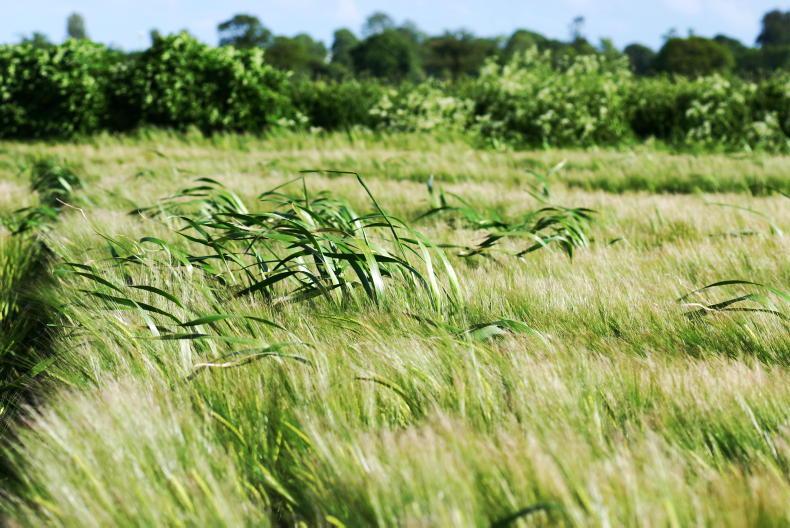
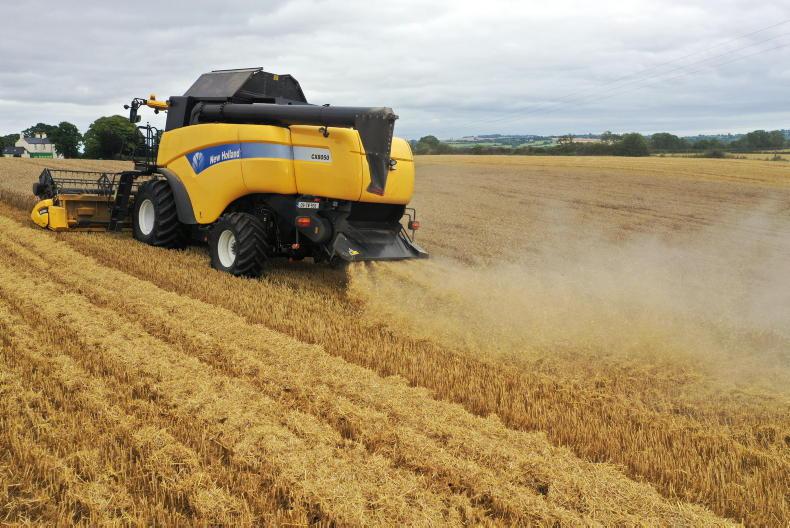
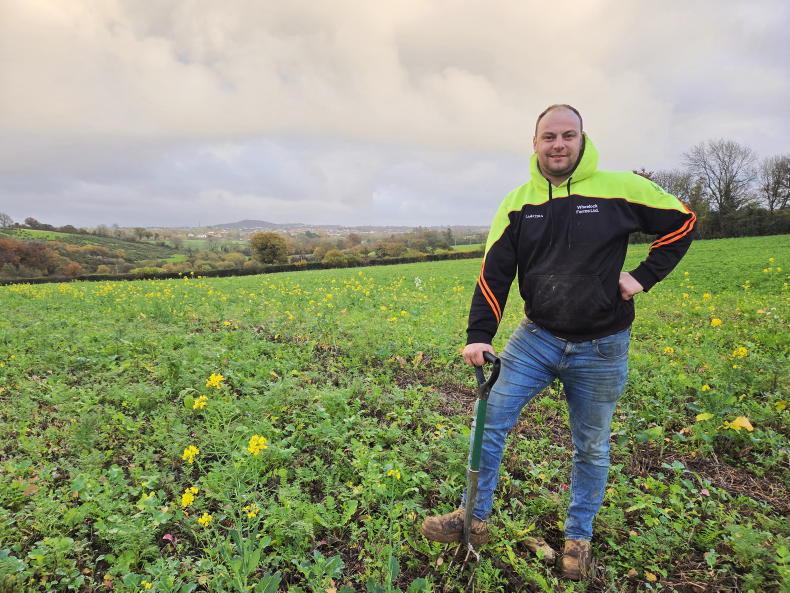
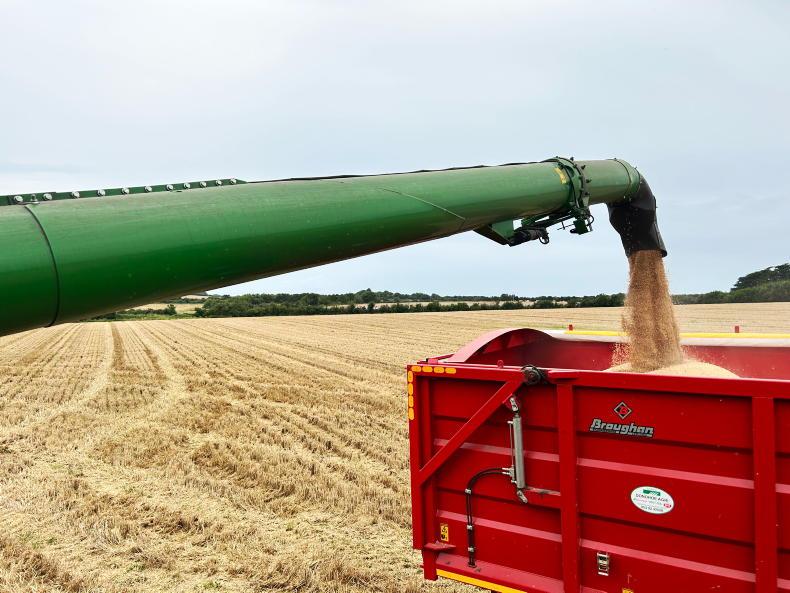
SHARING OPTIONS